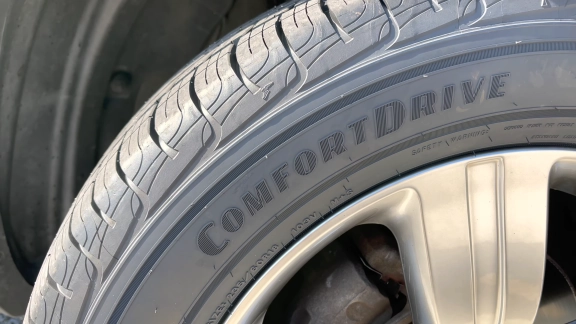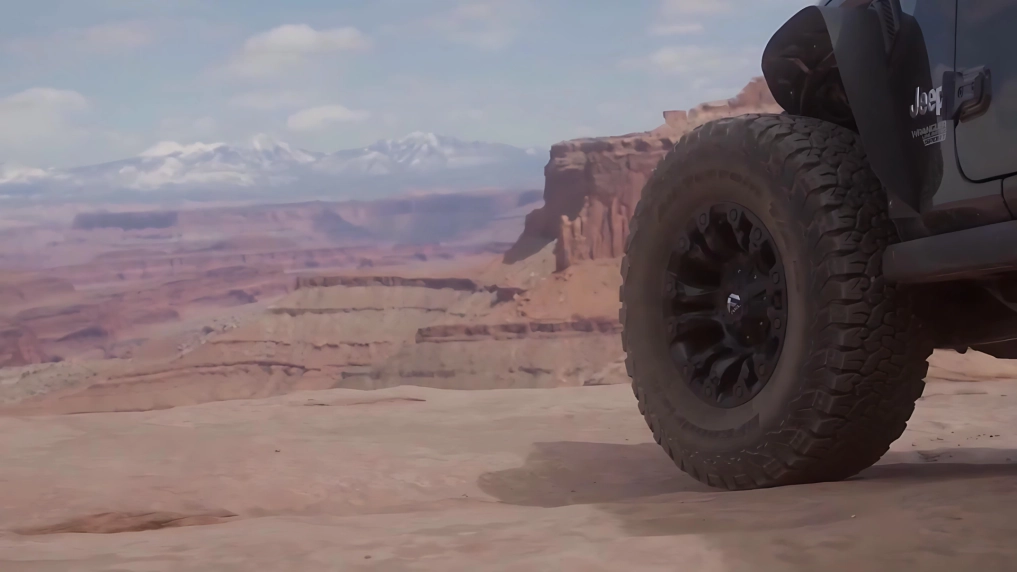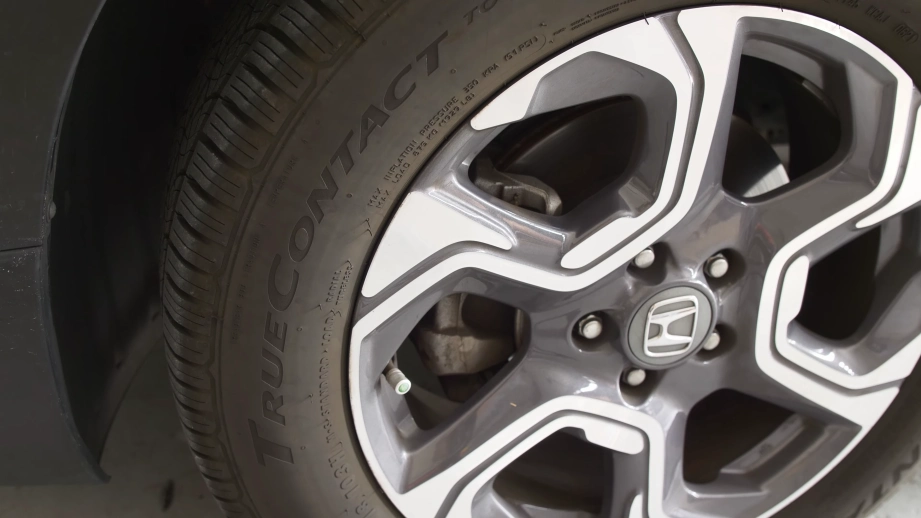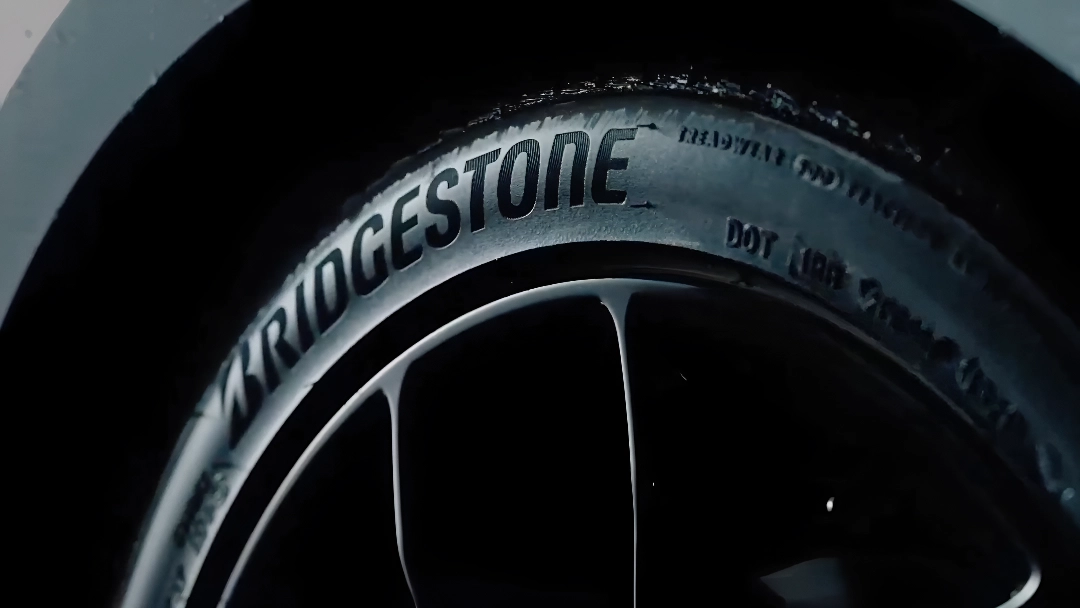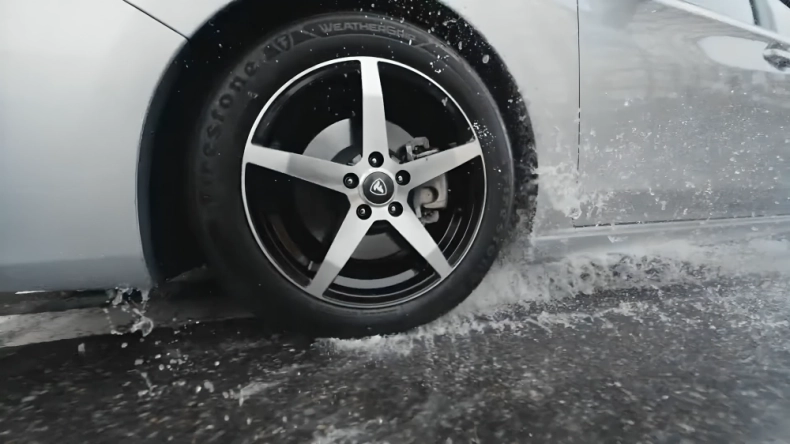So, is it that time of the year when you have to buy a new pair of tires for your car, SUV, or minivan? If yes, several terms can confuse you. For example, the LT rating, and the series of numbers written on the tire’s sidewall can confuse many.
265 and 285 are also two numbers mentioned on the tire’s side wall. Therefore, you might be wondering on the web, “What is the difference between a 265 and a 285 tire?” Well, I will explain all the difference between 265 and 285 tires. So, let’s jump into this guide!
265 Vs 285 Tires – What’s The Difference?
| 265 and 285 tires differ in width. 265 tires are narrower, like slim jeans, while 285 tires are wider, like boots. Narrower tires (265) are good for regular driving, while wider ones (285) offer better grip, handy for off-roading or heavy loads. So, if you are cruising in town, stick to 265. But if you’re into adventures or hauling, 285 tires might suit you better. Always check your vehicle’s manual or ask a tire expert to make sure you’re picking the right ones for your ride. |
What Does 285 Mean on a Car Tire?
“285” on a car tire also refers to the width of the tire, just like “265.” It tells you how wide the tire is from one side to the other in millimeters. So, a tire labeled “285” is 285 millimeters wide.
This number helps you select the right size tire for your vehicle, just like choosing the correct size shoes for your feet. Compared to a tire labeled “265,” a “285” tire is wider, providing more surface area to grip the road, especially useful for off-road driving or carrying heavy loads.
What Dos 265 Means on a Tire?
“265” on a car tire means the width of the tire. It tells you how wide the tire is from one side to the other in millimeters. Think of it like measuring the width of a piece of paper. So, a tire labeled “265” is 265 millimeters wide. It’s kind of like knowing how wide your shoes are.
This number helps you choose the right size tire for your car, just like you’d pick the right size shoes for your feet.
| Characteristics | 265 Tires | 285 Tires |
| Size | 265 mm (millimeteres) | 285 mm (millimeteres) |
| Weight | 32-50 lbs | 38.0-67.0 lbs |
| Price (Average) | $350-$900 | $500-$1100 |
| Ideal Air Pressure | 40-60 PSI | 60-80 PSI |
285 Vs 265 Tires -Some Other Differences
1. Tread Width
265 tires are generally narrower than 285 tires, with an average tread width of 10.43 inches compared to 11.2 inches for 285s. This difference in size can make a significant impact on performance and ride quality.
2. Tire Profile
The profile of a tire is determined by its sidewall height relative to the tread width. 265 tires typically have a shorter sidewall height than 285s, meaning they provide less cushion and are more susceptible to impacts from bumps in the road.
3. Cornering Ability
Regarding cornering, 285 tires offer better performance due to their wider tread surface and larger footprint. This increased contact area gives drivers more control over their car’s handling and performance.
4. Acceleration
265 tires generally offer better acceleration due to their narrower size and lower rolling resistance. However, 285 tires can still provide a good level of acceleration. It just may not be quite as quick as with the 265s.
5. Braking Performance
285 tires have an advantage in braking performance due to their larger contact patch. This lets them grip the road better and provide more stopping power than 265 tires.
6. Off-Road Performance
Regarding off-road driving, 285 tires offer better performance due to their larger contact patch. Their wider radius helps them grip uneven terrain and provide more stability in wet or slippery conditions.
7. Price
265 tires are usually more affordable than 285s due to their narrower size and lower manufacturing costs. However, the price difference between the two sizes can vary greatly depending on the brand and model of the tire.
Related Article: How to Inflate Car Tires?
Do 265 Tires Offer Better Fuel Economy As Opposed To 285 Tires?
Yes, 265 tires offer better fuel economy compared to 285 tires. That’s, because a narrower tire like the 265 has less rolling resistance, requiring less energy to rotate the tire and move the car forward.
Moreover, a narrower tire is more slippery and creates less wind resistance, which means the air pushing into the tire from the front while driving is not as strong as in a wider tire like the 285. With these two effects in play at all times, a 265 tire is more fuel-efficient than a 285 tire.
Can you go from 265 to 285 tires?
Switching from 265 to 285 tires is possible, but there are some factors to consider before doing so. First, you must ensure the new tire size matches your vehicle. You can check your vehicle’s owner’s manual or consult a tire professional to determine the appropriate tire size.
Second, switching to a wider tire like 285 may affect your car’s handling and performance. A wider tire can provide better grip and stability, but it can also increase rolling resistance and reduce fuel efficiency.
Additionally, a wider tire may rub against the wheel well or other parts of the car, which can cause damage or affect the car’s alignment.
What’s The Difference Between 245 And 265 Tires
Like the 285 tires, the difference between 245 and 265 tires is the same (i.e. width). So, the 245 tires are a bit thinner and more affordable. Similarly, the 265 tires would offer better traction and road grip as they have a thick profile.
Are 265 Tires Better In The Snow Than 285 Tires?
Yes, 265 tires are better in the snow than 285 tires. This is because a narrower tire like the 265 has a larger pressure per square inch, so there is less tire pushing harder into the pavement. This can help the tire to cut through snow and slush more effectively, providing better traction and grip.
Furthermore, a narrower tire can help to prevent hydroplaning on wet roads, which can be a safety hazard. However, it’s important to note that other factors like tread design and rubber compound can also affect a tire’s performance in the snow, so it’s important to choose a tire that is specifically designed for winter driving conditions.
Does A 285 Tire Offer Better Traction As Opposed To A 265 Tire?
Yes, a 285 tire does offer more dry traction than a 265 tire because the tire contact patch is larger. This means that the tire has bigger claws with which it holds onto the road. This is really noticeable on high‐horsepower cars while accelerating and cornering.
However, it’s important to note that both a well-made 265 tire and a well-made 285 tire should be able to offer lots of traction, and the key difference is consistency. A 285 tire is more consistent and can be pushed comparably harder before breaking traction.
Is There A Big Difference Between 265 And 285 Tires?
When selecting the right tire size for your vehicle, you may be wondering if there is a difference between 265 and 285 tires. In short, the answer is yes – while the difference in width may seem minor, it can actually impact your tire’s performance.
As mentioned earlier, the biggest difference between 265 and 285 tires is their width. For instance, 285 tires provide better stability when taking sharp turns or driving on wet roads because their increased width offers more contact with the ground.
On the other hand, 265 tires are better suited for higher-speed driving due to their lower profile and improved aerodynamic performance. In addition to width, tire size also affects wheel diameter. The difference in wheel diameter between a 265 and 285 tire can range from 16 to 18 inches depending on your vehicle’s make, model, and year.
Is 285 the same as 33-inch tires?
No, 285 and 33-inch tires are not the same. 285 refers to a tire size metric designation that is derived from the width of a tire in millimeters, while 33 inches is an imperial measurement for the same tire. To convert between imperial and metric measurements, multiply the imperial measurements by 25.4.
285 Vs 265 Tires – Which One to Get?
The answer to this question depends on what you value most in a tire. As mentioned above, 265 tires are better for deep snow conditions, as they cut through snow more efficiently, but If you prioritize better handling and traction in light snow, then the wider 285 tire is likely the better choice. It provides a larger dry traction area in slushy or packed snow conditions and can get rid of moisture faster than the narrower 265 tires.
However, if you prioritize gas mileage, the 265 tire is likely the better choice. It has less rolling resistance and weight, which can lead to better fuel economy. Moreover, the 265 tire is generally quieter than the 285 tire. Ultimately, the best tire for you will depend on your individual needs and preferences.
285 vs 265 tires – Buying Guide!
Choosing the right tire width depends on several factors, including your driving habits, the type of vehicle you have, and the weather conditions in your area. Here are some general tips to help you pick the right tire width:
1. Check your vehicle’s owner’s manual
Your vehicle’s manual will provide information on the recommended tire size and type for your specific make and model.
2. Consider Your Driving Conditions
If you live in an area with heavy rain or snow, wider tires may provide better traction and handling. If you do a lot of highway driving, narrower tires may be more fuel-efficient.
3. Think About Your Driving Style
If you like to take corners quickly or drive aggressively, wider tires may provide better handling and stability. If you prioritize a smooth, quiet ride, narrower tires may be a better choice.
4. Consult A Tire Professional
A tire professional can help you determine the best tire width for your vehicle based on your driving habits and the conditions in your area.
Final Thoughts!
So, now you know pretty much all about 265 vs 285 tires. As mentioned, the main difference between a 265 and 285 tire lies in its width. 265 tires measure approximately 265mm (10.43 inches) in width, while 285 tires are slightly wider at 285mm (11.2 inches).
This small difference in width can affect the handling of your vehicle and its performance on different types of terrain.



